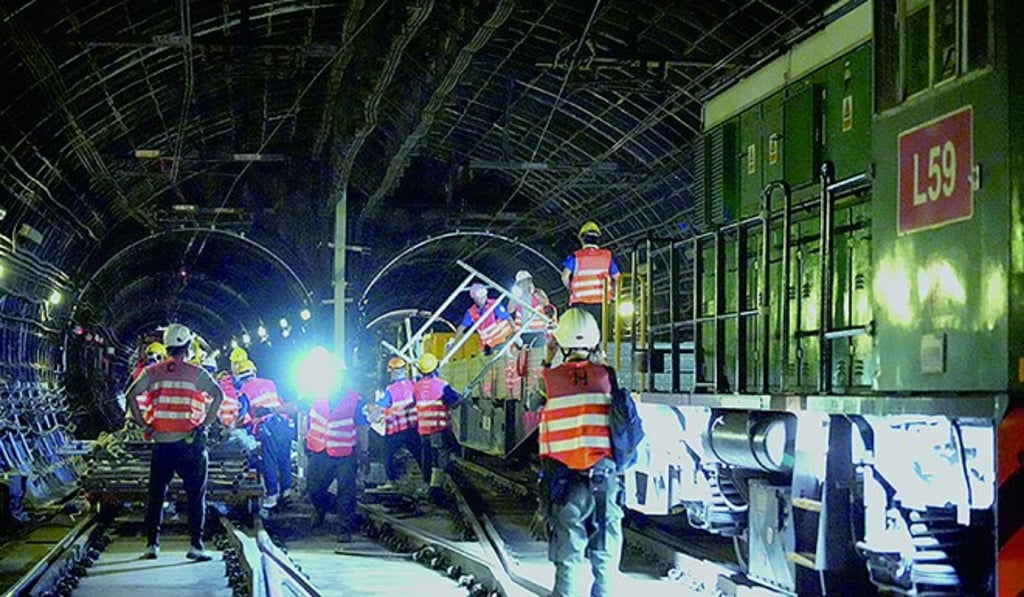MTR connects lives, witnesses growth and embraces the future 45 Years of Togetherness with Hong Kong
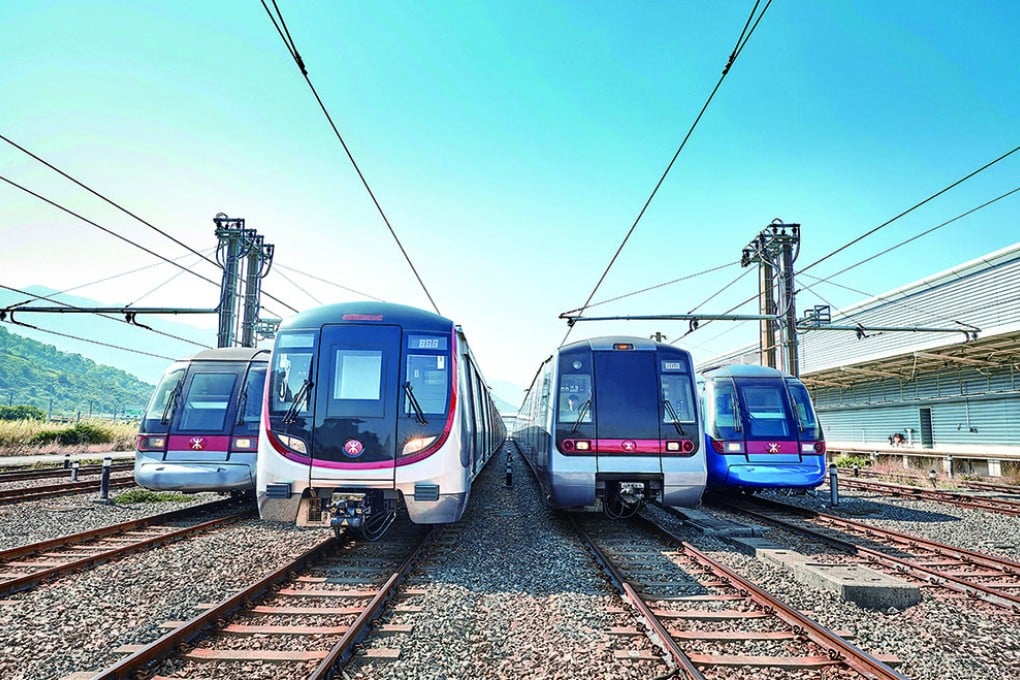
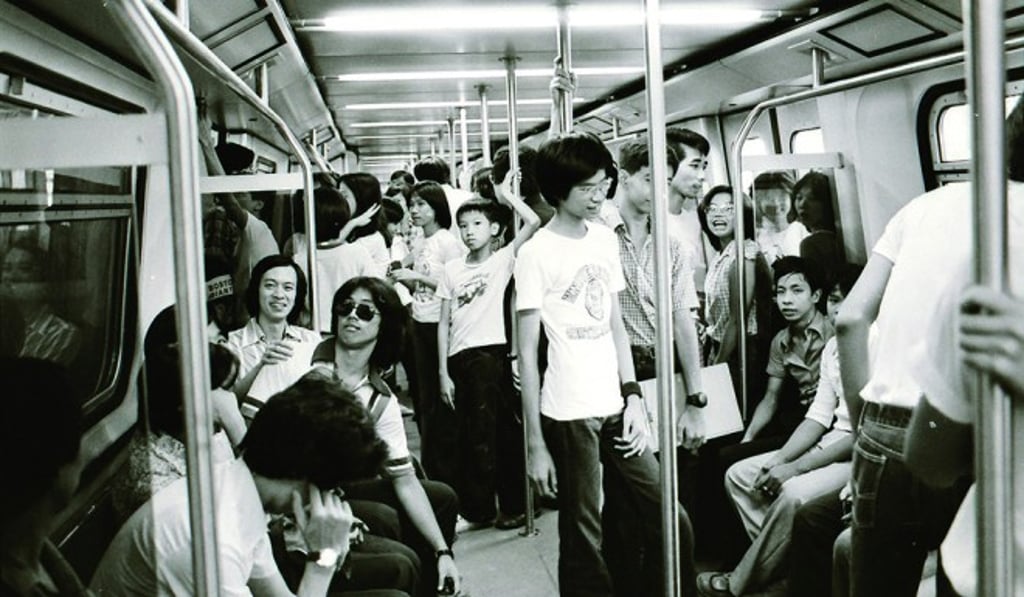
Throughout the years, MTR operates from 6am to 1am every day with a non-stop flow of traffic, providing over five million passenger-trips during these 19 hours. As the railway network continues to expand, MTR keeps up with the times, maintaining world-class standards of over 99.9 percent in train service delivery, passenger journeys on time and train punctuality. MTR sustains its service levels, invests in renewing and maintaining railway assets, and has been actively introducing advanced technologies such as artificial intelligence and big data analysis to monitor the condition of railway equipment and enhance passenger experience. MTR has been progressing forward in the direction of “Go Smart Go Beyond” in recent years, bringing safer and more caring services to passengers through innovative technology.
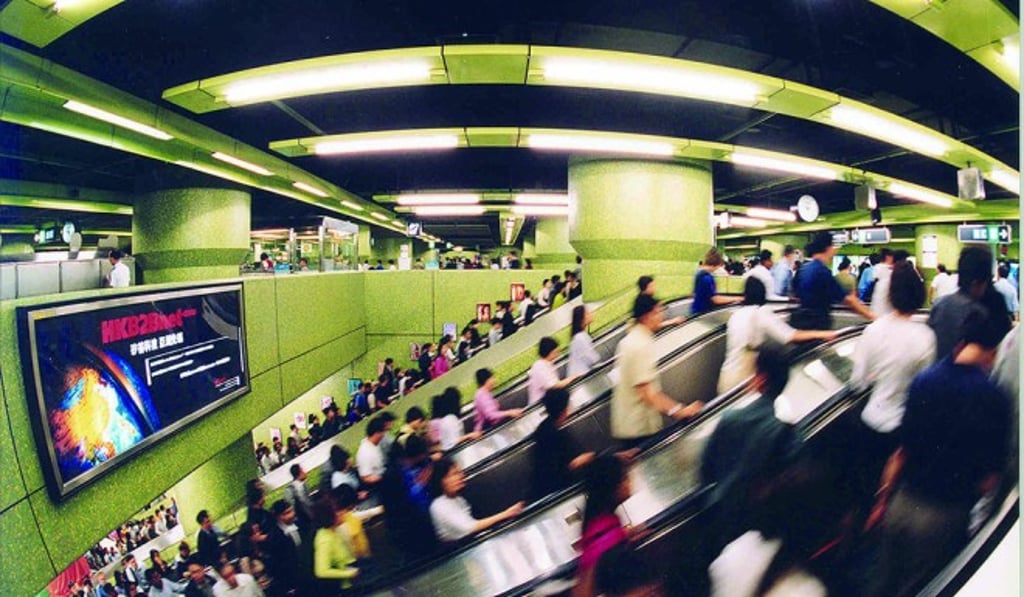
Railway services bring communities closer together. In its early stages, MTR adopted a “railway lines follow people” development model, constructing railway lines connecting densely populated areas. This was the approach behind the development of the Kwun Tong Line, Tsuen Wan Line, and Island Line, successfully alleviating Hong Kong’s traffic congestion and supporting Hong Kong’s economic take-off. By the 1990s, in line with the needs of urban development, the concept shifted to “people follow railway lines,” building railway lines for new communities and developing residential, commercial and office buildings along these lines. In the 1980s, Telford Gardens atop the Kowloon Bay Depot began to welcome residents, exemplifying the “Rail plus Property” development model, which later evolved into the enhanced “Rail plus Community” integrated development model.
Contributing to Hong Kong’s Development
In recent years, the government has actively promoted new development areas with the “infrastructure-led” and “capacity-creating” approaches. MTR has leveraged its extensive experience to participate in related research and planning. Some new railway projects have already commenced, such as MTR’s 100th station, Kwu Tung Station, which will connect the East Rail Line and the future Northern Link. The Tuen Ma Line will also be extended southward from Tuen Mun Station with the addition of two new stations. Moreover, the Tung Chung Line will extend westward to support the development of North Lantau, with the addition of Tung Chung West Station. Additionally, Tung Chung East Station and Oyster Bay Station will be constructed between Tung Chung Station and Sunny Bay Station. The new railway projects will simultaneously drive the development of several new communities, including Hung Shui Kiu near the Northern Metropolis and Tung Chung East, Tung Chung West, and Oyster Bay in North Lantau. The “Rail plus Community” integrated development model will inject vitality into these new communities, fostering their dynamic growth.
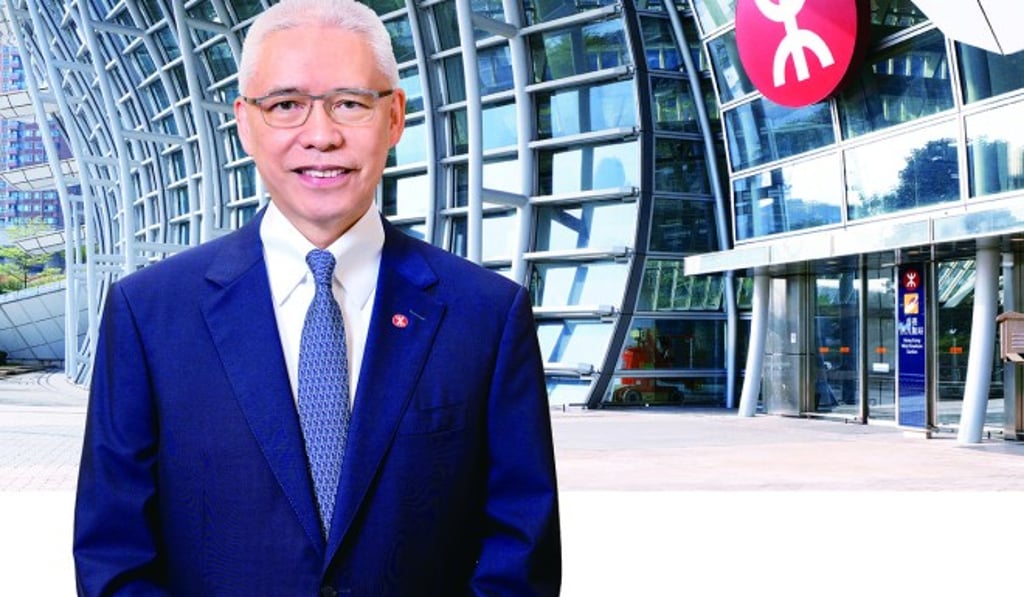
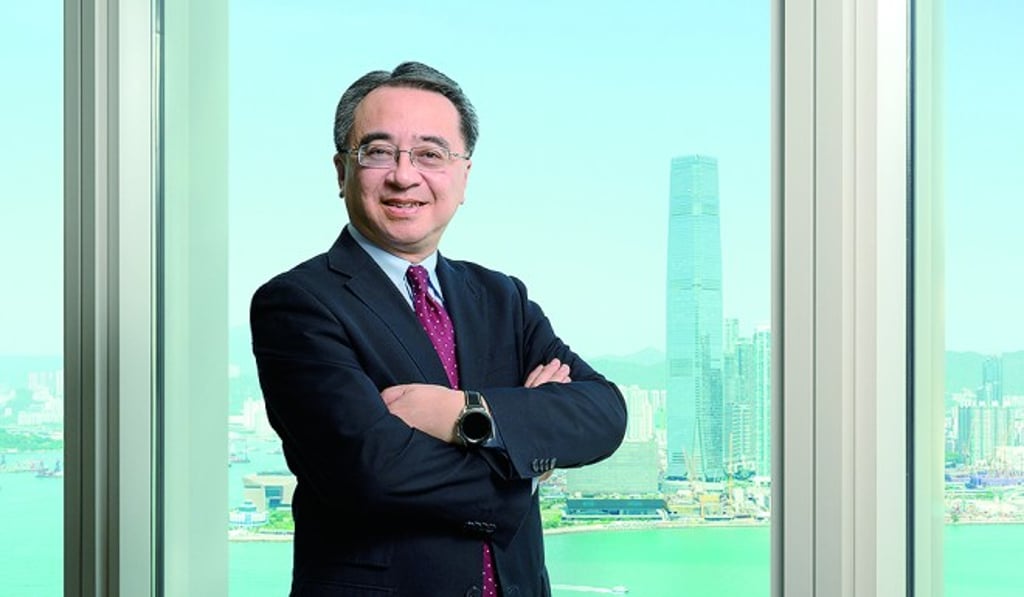

In the early 1980s, Kowloon Bay was home to the Kai Tak Airport’s apron and cargo area, an unloading area, and an industrial zone. MTR’s planning of the development atop the Kowloon Bay Depot at that time centred around Telford Gardens, with commercial buildings and various government and community facilities constructed in its proximity. As the first residential property planned with the railway at its core, the community is seamlessly connected to the station. Apart from providing housing to residents and transportation for the surrounding community, there is also a shopping mall with daily necessities such as clothing and food.
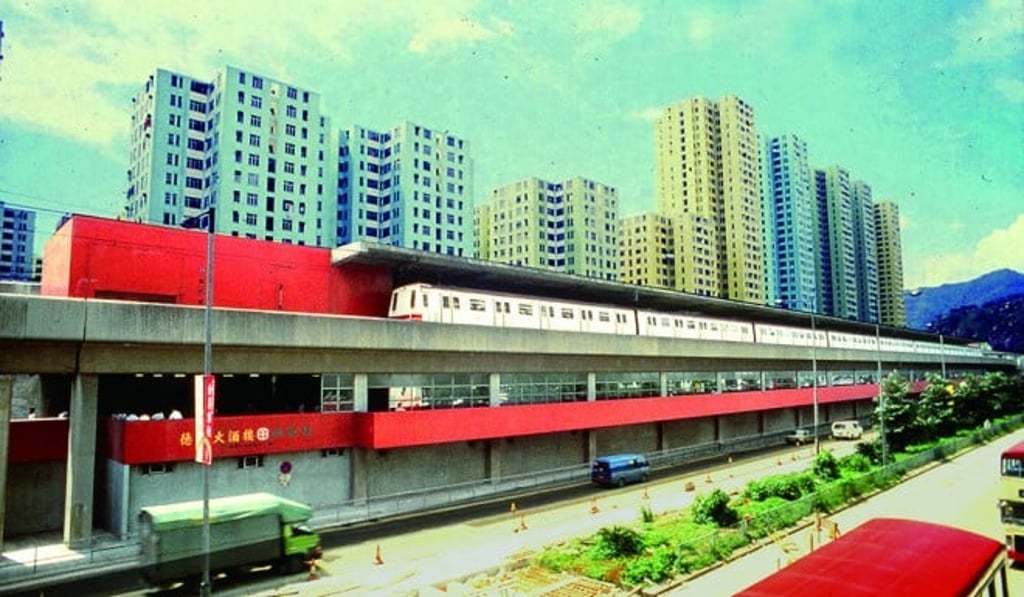
The government began developing a new town in Tseung Kwan O in the 1980s. MTR supported the government’s plans by constructing the Tseung Kwan O Line to serve the residents in the area, as well as planning and building LOHAS Park at Tseung Kwan O Area 86. This vibrant community centres around LOHAS Park Station, one of the terminuses of the Tseung Kwan O Line, and has evolved into a community with nearly 50,000 residents today that includes residential properties, parks and an integrated shopping mall, “The LOHAS”, meeting residents’ daily needs.
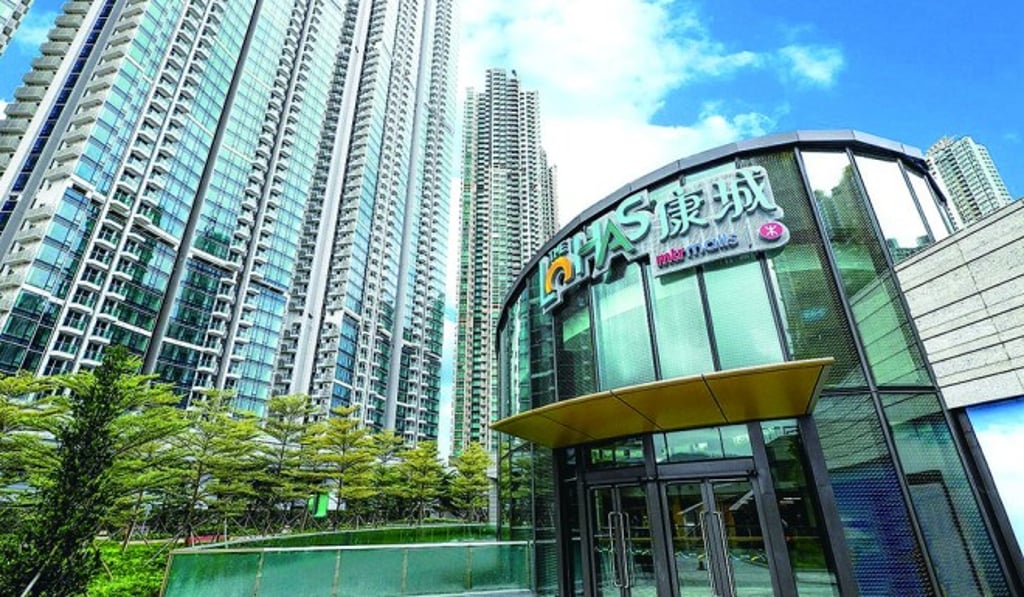
Given the substantial resources required for the maintenance and repair of railways during their asset cycle spanning decades, railway operators worldwide face significant challenges in achieving a financial balance, let alone covering construction costs. Hong Kong's "Rail plus Property" model provides a sustainable financial arrangement for the entire railway system, from construction to maintenance and renewal. Under this financial model, MTR Corporation uses the profits generated from the property development on land designated by the government along the railway to fund railway projects without relying on direct public funding. The profits from these developments are also allocated to the maintenance and renewal of railway assets over the decades.

